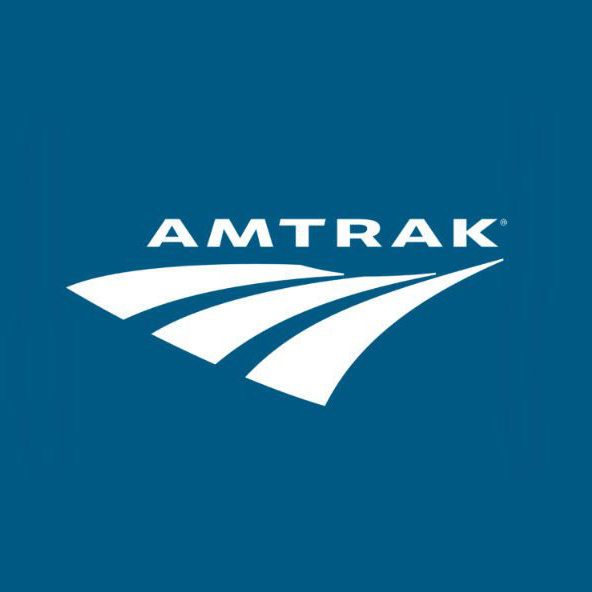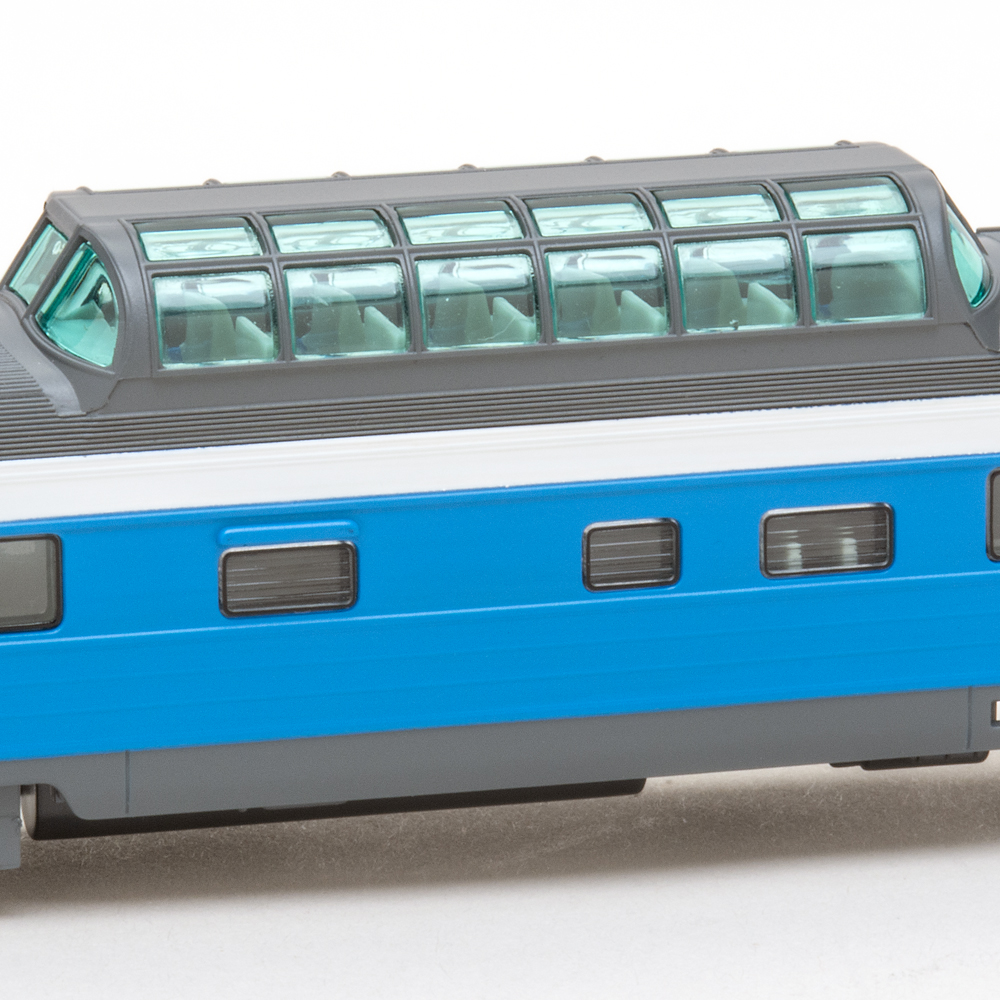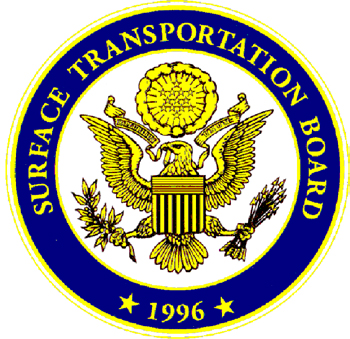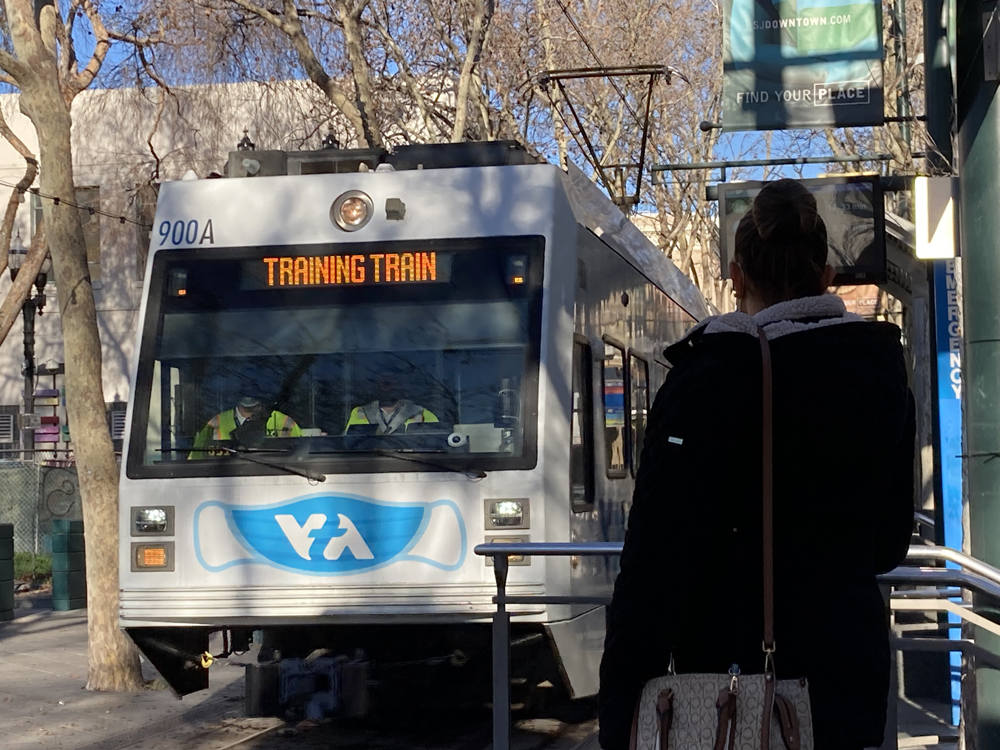“Proviso, in particular, was a very old and inefficient hump yard, still using retarder operators to manually flow cars into the bowl tracks,” Chief Operating Officer Jim Vena said on the railroad’s earnings call with analysts and investors. “By moving this work to outlying yards, including one of our most efficient in North Platte, we are not only saving labor dollars but avoiding capital as well.”
Under its shift to a Precision Scheduled Railroading operating model, UP is reducing its reliance on major terminals by pre-blocking traffic at origin, having road trains do more work en route, and doing more block-swapping.
The operating plan changes have allowed UP to reduce operations at several yards since it began implementing its Unified Plan 2020 in October.
In the second quarter, UP shifted traffic handled at Des Moines, Iowa, to Neff Yard in Kansas City, Mo. UP also shifted work from its Armourdale Yard in Kansas City to its 18th Street Yard. Operations have been curtailed at the yard in Salem, Ill., near St. Louis, as well as at the 36th Street Yard in Denver and East Yard in San Antonio, Texas.
Proviso is the third hump UP has idled this year. This winter the railroad idled the humps at Hinkle, Ore., and Pine Bluff, Ark., with remaining traffic flat-switched.
From April through June, volume at Proviso declined by about 1,100 cars per day compared to the same period a year ago, according to data the Chicago Transportation Coordination Office reports to the Surface Transportation Board.
In the first week of June, for example, Proviso handled an average of 1,840 cars per day, down from 2,658 in the same week a year ago. In the week ending July 6, the latest figures available, Proviso averaged just 1,129 cars per day.
“We will continue to look for ways to reduce car touches on our network, which will undoubtedly lead to additional terminal rationalization opportunities,” Vena says.
Humps are efficient when they handle large volumes of traffic and are located at the right places, Vena noted.
Bailey Yard in North Platte, Neb., the world’s largest classification yard, is one of them.
“I think North Platte’s going to be there for a long time,” he says. “We’re asking it to work harder though.”
The yard, which has eastbound and westbound humps, is handling record volumes and is setting records for processing cars quickly.
Englewood Yard in Houston also will remain in operation, Vena says. “Houston’s growth area,” Vena says. “We expect that hump to be efficient and stay there.”















The old Milwaukee road hump in Bensenville has been closed since 1997
When it opened in 1929, on the eve of the Great Depression, Proviso Yard was the largest (hump) yard in the world. Clearly (for the most part), large hump yards are a thing of the past in the 21st century “Precision Railroading” world. However it does sound like daily car volumes at Proviso had dropped to the point where it was longer viable to operate. many more “run-through” trains on the old C&NW through Chicago (+ more intermodal trains) and fewer single carloads (esp. boxcars), thus less need for hump yards. Interesting that the article notes UP will be working the North Platte, NE hump yards ‘harder”.
Mr. Liebman: All interesting points that you expound upon. Agree there should be some national focus and policy direction on the need for a viable and functioning national rail network in the United States. Freight growth in the U.S will necessitate the need for a viable and functioning Class I/Shortline freight rail network.
However, when the United States Congress and the Executive Branch cannot even agree on long-term infrastructure funding & policy, I do not see it happening. I just hope the major Class I RRs laser focus on PSR and quarterly results do not come back to haunt them when/if service melts downs and major shippers start screaming for re-regulation. It could get ugly ….
Does anyone know if CP Rail is still operating the old Milwaukee Road hump yard at Bensenville by O’Hare Airport?
One comment really touched on a point that needs to be made which is what does our society need rail to do? We never ask that question, but the answer isn’t dividends for shareholders. We need rail to carry more freight because it saves money on highway expansion, reduces congestion, and reduces greenhouse gas emissions. We need expanded passenger rail for those same reasons. At the same time we need these things, we have railroads cutting back for one reason; short term profits. It’s short sighted. We’re not a country of 180 million like we were in the ‘70s. We’re 330 million and growing. At minimum, this infrastructure needs to be banked if it’s needed again. More importantly, we need a national rail policy that looks at what we need from rail.
So they want to eliminate more yards and pre-block trains that are becoming bigger and bigger and then have those trains then do the deliveries along the route. So will they now charge an escalating fee to those companies that don’t get enough cars delivered in one batch. On top of that what happens to every grade crossing blocked by a 14,000 foot train that is busy switching out cars? And yet we still hear of the push to go to one person crews since PTC will make it so safe and efficient.
Seems many must blame something other than need for the closings/cut backs. Can,t except that things change and some things become unnecessary.
I don’t know how they could get rid of Short Line in Des Moines. There are many trains coming into Des Moines such as MTDM, ITDM, SSDM, PRDM. I know of a few trains that go through DM such as CBKC, BUFW,SSKC. Maybe it is just my imagination but the Spine Line seems to be busier lately than in the past few years.
PRDM? PRDM hasnt run for a few years now.
Workers make the company, not the CEO’S! Think how much they could save without the CEO’s?
IN the wake of PSR “rationalization” of yards, I think it is imperative that some agency acquire the facilities, particularly in urban areas. Either outright acquisition or a financial inducement to mothball the facilities intact. Invariably, art some future point , the land the trackage sits on, if not the track itself, will be needed for some transportation purpose. In an era of delay cubed and time indefinite”studies”, intact facilities are too costly to destroy. The increasing demand for surface transport over time will eventually find a need. What should be left intact at minimal expense winds up costing billions to replace.
The hump at Proviso closed? Old news. We knew four weeks ago it was coming. And it was nice of them to send the “We love our people” unit here the week before it was shut down.
G3 has become basically a manifest yard now. That is, when a train can get in there to work it.
Slash and burn, PSR Kool-Aid.
The shippers, public and environment all suffer as railroad allow trucking to have more and more business.
Well… I figured it was only a matter of time before this happened. I know UP had quite a number of yards across their network, but as an investor, I just hope they don’t get too crazy with curtailing yard work and end up with a repeat of the ‘96-04 period. I would not be happy with that. But we’ll find out in time.
If they can get the business level down to ZERO they can eliminate all yards and crew starts, as well as maintenance costs.
Yes sad to see more and more of the ROCK disappear.
I can confirm that UP’s ex-CRI&P Short Line yard in Des Moines has been emptied out. I haven’t checked out the smaller Hull Ave. yard a little further up the Spine Line yet, so I don’t know if it’s still in use. A bit more of the Rock Island disappears, as both Short Line and Armourdale are of CRI&P heritage.
Jeff Hergert, honest question: why was Short Line Yard so busy originating trains for beyond KC? Seems like an odd place (and a cramped yard) for that.
Not enough capacity in Minneapolis to originate these? Is there that much non-grain business moving south on the Spine Line? Or is it mainly about classifying that Iowa and southern Minnesota grain not a shuttle train for export or a feedlot terminal? And does Council Bluffs (still?) provide a similar role for northbound traffic directionally running back to Minnesota and beyond?
Re: Short line growth should increase in the next 10-15 years as the Class 1’s spin off yet more spoke mileage.
This isn’t that bad of an outcome really. The big corporate railroads will do what they do best: handle large customers. The “short lines” (small corporations) will do what they do best: handle everybody else.
The small guys can do the sorting and pre-blocking, the big guys move the cars from short-line to short-line.
Could work better than what exists now, who knows. Maybe in 20, 30, 40 years, all 5 of the big railroad will eventually merge together and the government will finally require “open access” resulting in a railroad tollway system.
Just yet more retreat to the fact that railroads see themselves as bulk transcon carriers that simply interchange at the Mississippi or Chicago. Essentially removing all value from their service until they are left with just 4 east west routes and 5 north south routes. They will rely on trucks to bring it to them or take it from them.
They have eschewed the hub & spoke model that airlines have embraced and are simply going to the national point A to point B method.
Short line growth should increase in the next 10-15 years as the Class 1’s spin off yet more spoke mileage.
If only, we could find a way to shutdown CEO’S!
Hull Ave in Des Moines remains. That yard was the base for most of the industry jobs working in Des Moines. Most feel Neff won’t be able to handle the extra work and Short Line will eventually reopen. It used to originate two or three manifests for points beyond Kansas City. Short Line was the second or third yard to receive remote control switch engines. At the time, they were flat switching so many cars per day that some in upper management thought it was a hump yard.
of course car numbers are down, the UP has been doing anything they can to get rid of customers. And let me tell you what’s happened in Chicago where already poor service has become even worse, if that’s even possible